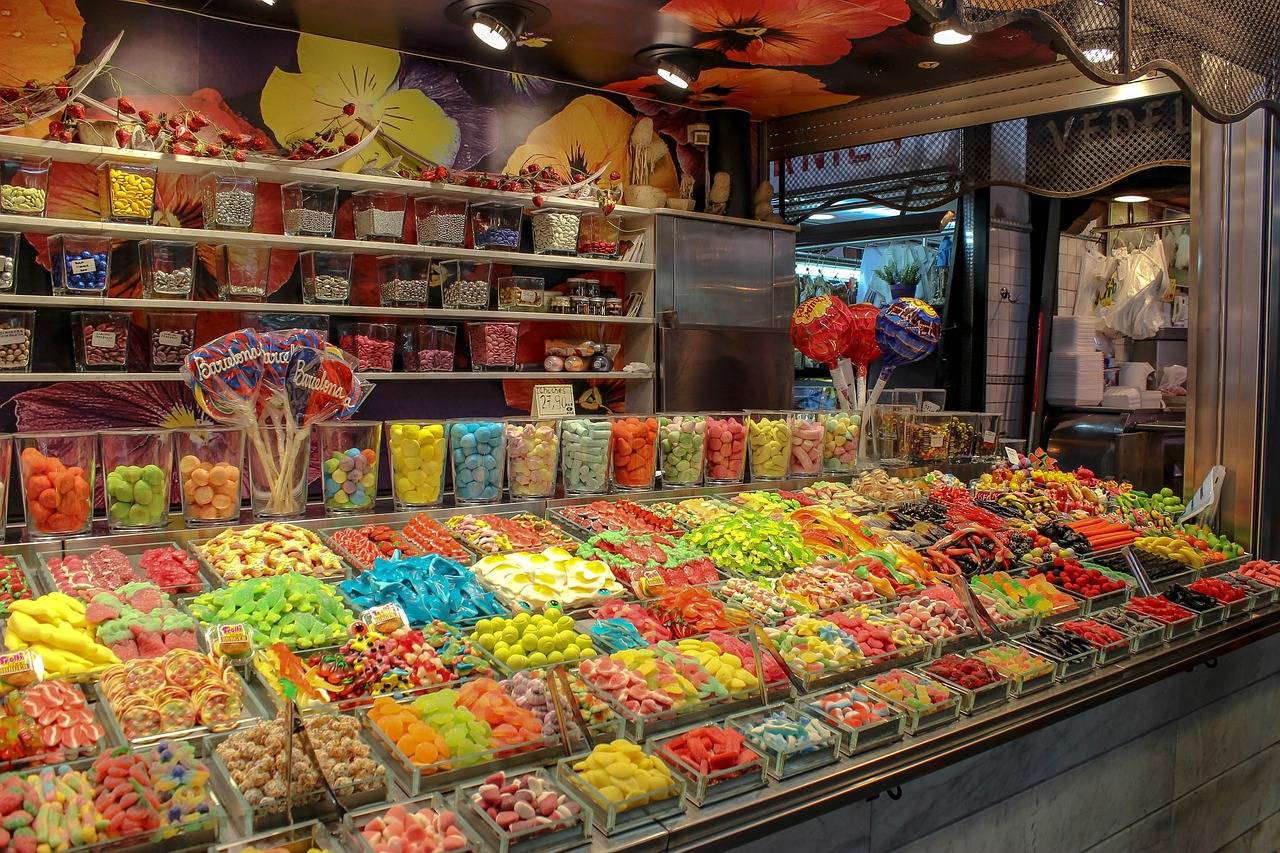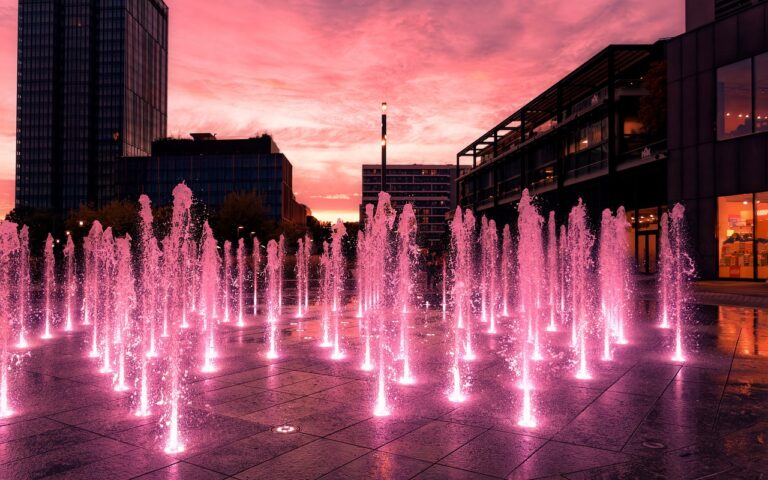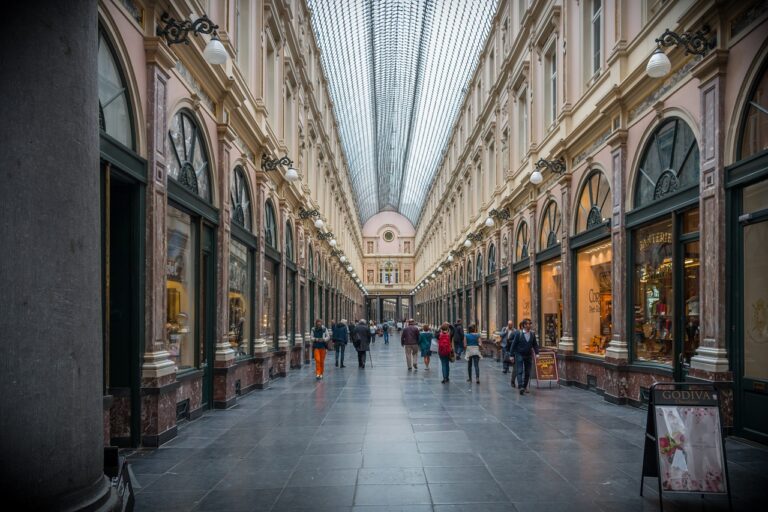Exploring the Trend of Gender-Neutral Fashion: Breaking Stereotypes
Fashion trends have undergone a significant transformation over the years, reflecting the shifting preferences and cultural dynamics of society. Styles that were once considered groundbreaking and avant-garde have evolved into timeless classics, while new trends continue to emerge and captivate the fashion world. The evolution of fashion trends is a testament to the cyclical nature of style, with old fads constantly being reimagined and reinvented to suit contemporary tastes.
One of the key drivers of the evolution of fashion trends is the influence of popular culture and media. Celebrities, influencers, and media personalities play a crucial role in setting and popularizing fashion trends, with their wardrobe choices often shaping consumer preferences. The rise of social media has also democratized fashion, allowing individuals to showcase their unique styles and influence trends on a global scale. As a result, the fashion landscape is constantly in flux, with new trends emerging and fading at a rapid pace.
The Influence of Gender Norms in Fashion
Gender norms have long played a significant role in shaping the world of fashion. From color preferences to silhouettes, society has often dictated what is deemed appropriate for individuals based on their gender. Historically, women have been expected to embrace feminine styles such as dresses and skirts, while men have been confined to more tailored suits and pants.
These rigid gender norms have begun to shift in recent years, with a growing emphasis on gender inclusivity and breaking away from traditional fashion stereotypes. Designers are increasingly challenging the boundaries of gender-specific clothing, creating pieces that blur the lines between masculine and feminine aesthetics. This movement towards gender-neutral fashion is not only making waves in the industry but also sparking important conversations about representation and inclusivity in the fashion world.
Challenges Faced by Gender-Neutral Fashion Designers
Creating gender-neutral fashion poses a unique set of challenges for designers who aim to challenge conventional norms. One obstacle faced is the limited availability of fabrics and styles that cater specifically to gender-neutral designs. This scarcity often leads to increased production costs and can restrict the creative process for designers looking to push boundaries.
Another significant challenge is the resistance from traditional retailers and consumers who may not fully grasp the concept of gender-neutral fashion. This lack of understanding can result in poor reception and limited exposure for gender-neutral designs in the mainstream market. Overcoming these barriers requires a shift in societal perceptions and a commitment from the industry to embrace diversity and inclusivity in fashion.





